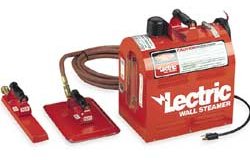 One of the most popular year-round DIY projects we see is wallpaper removal. In general we find that a lot of people trying to sell their home, and a lot of people who have just bought a home, like to give old rooms a fresh start. A lot of times they look to the walls as a first step.
One of the most popular year-round DIY projects we see is wallpaper removal. In general we find that a lot of people trying to sell their home, and a lot of people who have just bought a home, like to give old rooms a fresh start. A lot of times they look to the walls as a first step.
If you're planning on redoing the floors with either a new finish or fresh carpeting you'll definitely want to start cleaning up the walls, ceiling and any other painted surfaces first - that way you don't have to worry about paint, glue, and other hard-to-clean substances ending up on your new floor.
We recommend starting with removing old wallpaper. The easiest way to do this is with a Wallpaper Steamer and a little elbow grease.
What is a Wallpaper Steamer?
The general idea behind a Wallpaper Steamer isn't much different than that of an upholstery or clothing steamer. A heating element inside the machine brings water up to steam which then escapes through a wand (or pan) which dampens and heats the surface it's applied to.
Steam generated by a Wallpaper Steamer permeates the surface of your paper and loosens the glue underneath. Under ideal conditions this causes the wallpaper to peal away from the wall leaving the original surface.
How do I use a Wallpaper Steamer?
When you rent a Wallpaper Steamer from Toomey's Rent-All Center we provide you with most of the equipment you need to get started. We do, however, recommend that you get a few things together before starting.
Supplies Needed
- Small Bucket or trash can - preferably metal but plastic will do
- A Large Sponge
- Safety Equipment - Gloves & Glasses (available at Toomey's)
- Wall Scraper and Perforator - a paint scraper and old fork work nicely
- Some type of Drop Cloth (ask if we have some scrap linen) & an old towel
Getting Started
The following directions are similar to those we'll give you when picking up the Wallpaper Steamer.
- Lay out an old towel or baking sheet in the area you'll be using the Wallpaper Steamer. The bottom of the steamer tends to get hot so this will provide some insulation to protect the surface where the equipment is placed.
- Attach the large pan (used for the major surfaces of your wall) to the hose, and the hose to the machine.
- Using hot tap water fill the machine. There's a glass tube on the front which shows you how full the Wallpaper Steamer is - you want this full to about 1/2" from the top. Remember that the hotter the water you add, the faster the machine will generate steam. You can now plug in the machine.
- If the model you received has a GFI unit be sure it is set properly - by now the red light on the front of the machine should be lit.
- Put the attached pan into your trash basket or bucket and wait for steam to appear.
- Starting at the top of the wall near a seam in the wallpaper hold the pan and slowly work your way down each sheet. As the steam hits the wallpaper the glue should begin to loosen allowing you to peel the paper off the wall. Once you've removed a sheet of paper go over the wall with your sponge to remove any left over glue.
- Move onto the next sheet.
Extra Tips
Always do walls first and ceilings last. If you have a ceiling that's been wallpapered the steam escaping from doing all the walls will give you a head start in working along higher areas.
There are two problems that people tend to run into when working with a Wallpaper Steamer. The first is a pretty simple one.
Generally when you've removed a piece of wallpaper it will see that the wall looks clean. This isn't always the case - often times there's left over glue that you can't see because it's saturated with water. When the water dries the glue will start to reappear and you'll see streaks on the walls. The easiest way to avoid this is to use an old sponge or towel to wipe down the walls immediately after removing a sheet - if you don't you'll have to re-steam the entire room to loosen that glue.
The next issue involves paper that just won't come off. Using an old fork, a "tiger claw" or other scoring tool from a paint supply store, you can perforate the paper to alleviate this. Under these circumstances it's simply a case of scoring the paper to make room for steam to get underneath it.
If you run into other problems or have questions don't hesitate to ask when renting the machine or feel free to contact us while you're using it.





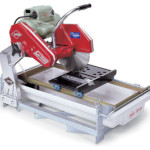
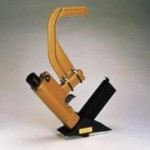

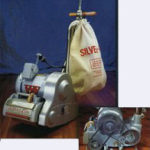
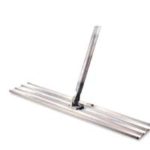

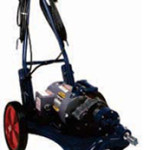
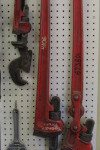
508-791-2383 | 800-421-0052